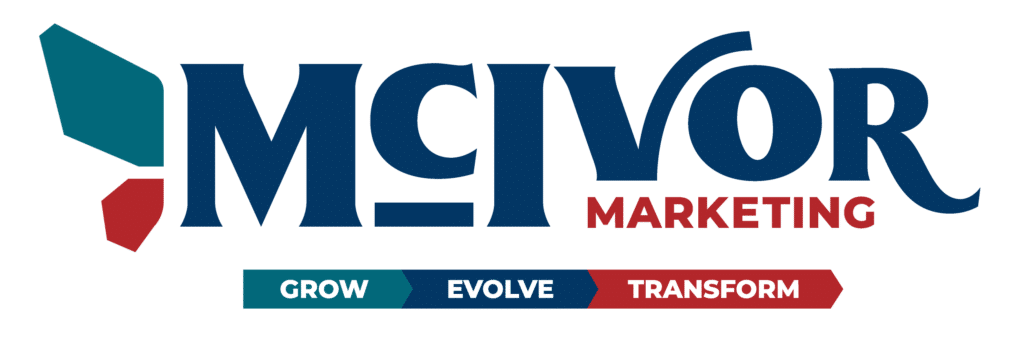THE STRATEGIC ADVANTAGE: EXPLORING THE BENEFITS OF SEM LISTING

BY HEIDI MCIVOR ALLEN
Unlocking the potential of your online presence is no longer a choice but a necessity in today’s competitive digital age. In the vast sea of websites and online businesses, how can you ensure that your brand stands out and reaches the right audience? The answer lies in leveraging the strategic advantage of SEM listing. In this blog, we will take a deep dive into the world of SEM listing and uncover its multitude of benefits. From increasing brand visibility to driving targeted traffic, SEM listing is a game-changer that can elevate your marketing strategy to new heights. So, fasten your seatbelts as we embark on a journey to explore the boundless possibilities of SEM listing and discover how it can give your business the edge it needs in the online realm.
WHAT IS SEM?
SEM stands for Search Engine Marketing. It is a digital marketing strategy that focuses on increasing a website’s visibility in search engine results pages (SERPs) through paid advertising. SEM involves the use of various techniques, including search engine advertising, pay-per-click (PPC) campaigns, and keyword targeting, to drive targeted traffic to a website.
Overall, SEM is a powerful tool that can complement organic search engine optimization (SEO) efforts and help businesses drive relevant traffic, generate leads, and ultimately boost conversions.
HOW SEM WORKS
WHY IS SEM IMPORTANT WITH ADS?
SEM with ads is important for businesses due to several key reasons.
2
3
COMPONENTS OF SEARCH ENGINE MARKETING (SEM)
The components of SEM (Search Engine Marketing) typically include:
Paid Search Advertising
Keyword Research
Ad Creation
Landing Page Optimization
Bid Management
Performance Tracking and Analytics
Campaign Optimization
THE DIFFERENCE BETWEEN SEM AND SEO
SEO
SEM
Paid vs. Organic
Timing and Speed
Cost Structure
Control and Flexibility
Keyword Targeting
Longevity of Results
Cost vs. Sustainability
IS PAID SEARCH THE SAME THING AS SEM?
Paid search is a component of SEM (Search Engine Marketing), but they are not exactly the same thing.
SEM encompasses a broader range of strategies and techniques aimed at improving a website’s visibility in search engine results pages (SERPs). It includes both paid search advertising and organic search optimization (SEO).
Paid search refers specifically to the practice of running paid advertising campaigns on search engines, such as Google Ads or Microsoft Advertising. Advertisers bid on specific keywords, and their ads are displayed prominently in the search results when users search for those keywords. Advertisers pay for each click on their ads (pay-per-click or PPC model).
HOW A/B TESTING CAN COMPLEMENT SEM
Ad Copy and Creative
Landing Pages
Targeting Parameters
Bidding Strategies
Ad Extensions and Formats
By incorporating A/B testing into SEM campaigns, businesses can gather valuable data and insights to refine their advertising strategies. It allows them to make data-driven decisions, optimize ad performance, and improve overall campaign effectiveness. A/B testing complements SEM by enabling businesses to continuously refine and enhance their ad elements, targeting, bidding, and landing pages for better results and return on investment.
HOW MCIVOR MARKETING CAN EXPLORE THE BENEFITS OF SEM LISTING AND PROVIDE YOU WITH A STRATEGIC ADVANTAGE
McIvor Marketing can leverage its expertise to explore the benefits of SEM listing and provide you with a strategic advantage in the following ways:
Comprehensive SEM Strategy
Enhanced Online Visibility
Targeted Audience Reach
Increased Conversions
Advanced Analytics and Reporting
Continuous Optimization
Competitive Edge
Want to Read 5 Marketing Tips for Small Businesses?
Check out this blog post and see if your business is currently tackling these Top 5 Marketing Tips. If you have questions or find you need help in an area, reach out!
Like What You Read? Share It!




